
Urban architectures
with Jacopo Leveratto by Diana Corati
English translation made by Gloria Antonini
Architect Jacopo Leveratto is the curator of one of the rooms of the exhibition “Elogio della diversità. Viaggio negli ecosistemi italiani” (at the Palazzo delle Esposizioni in Rome from 27 November 2024 to 30 March 2025). In this interview, he tells us about his work and why diversity is important.
Could you introduce yourself and tell us about your work?
I am Jacopo Leveratto, I work at the Polytechnic of Milan, in the Department of Architecture and Urban Studies. We collaborate with Spoke 5 of the NBFC (National Biodiversity Future Centre) which deals with urban biodiversity. We work on the analysis of plans and policies to increase biodiversity in cities, what is called, from a scientific point of view, spatialisation of data; we also try to make this data more understandable, and suitable for a wider audience. For the exhibition in Rome on biodiversity, we are curating a room dedicated precisely to this theme.
How is urban biodiversity presented in this room?
The theme is the unveiling of urban biodiversity. The four walls are reminiscent of the appearance of a city and are opened up by backlit niches housing physical exhibits, herbarium pages, and other historical objects. The idea is to discover how much biodiversity exists within cities that are often perceived as closed and impermeable worlds from a natural point of view.
I think this is very interesting. How do you articulate the narrative of biodiversity?
We tell three different stories. One is about mowing and not mowing in urban lawns (see box Read more: ‘reduced mowing’), to show how much flora and fauna emerges when the grass is not cut regularly. The other two stories are related to the city of Rome and practices adopted to increase urban biodiversity. The niches in the room are like small Wunderkammer, with drawers that the public can open to explore further.
In the centre of the room is a large model of the city of Rome. How is it realized?
The model, which is very large – about one and a half meters by two and a half meters – is made of polystyrene and then artistically plastered. It is in the centre of the room and represents a transect of the city of Rome, including the area of the Palazzo delle Esposizioni. At the beginning we talked about the spatialization of data: the model shows precisely the different levels, from the subsoil, with the root systems of the plants, to the vegetation cover and the routes of the avifauna. The aim is to visualize biodiversity on several levels, not just the street level, and to give a clearer idea of the complexity of urban ecosystems. To do this, we asked for the collaboration of LaborA, the physical and virtual modeling laboratory of the Polytechnic of Milan, where we are now located.
What does diversity mean to you?
Diversity is synonymous with non-homogeneity; it is the recognition of differences. In the case of biodiversity, it is the awareness of the interconnection between ecosystems, people, animals, and plants. It is a fundamental principle that also guides our design work.
How has your personal history influenced your approach to urban biodiversity?
I have taught and worked a lot on installations and public spaces, exploring the relationship between people, plants, animals, and objects in urban contexts. I have also collaborated on urban forestation projects and studied so-called post-human architectures, where the design idea is not only focused on humans but also includes other living beings and their interconnections. This perspective is fundamental to understanding urban biodiversity.
Read more: ‘reduced mowing’:
In a context where biodiversity is threatened, practices that propose avoiding pruning or reducing the frequency of grass mowing are gaining acceptance. These solutions are designed for those who manage private gardens or public green spaces, encouraging them not to cut grass or to do so less frequently. The main objective is to allow the spontaneous growth of wildflowers, which become a valuable source of food for insects, especially pollinators, which are essential for the health of the landscape.
Jacopo Leveratto architect, Assistant Professor at the Polytechnic of Milan
Diana Corati director, photographer and teacher of the Master Science in Journalistic Practice


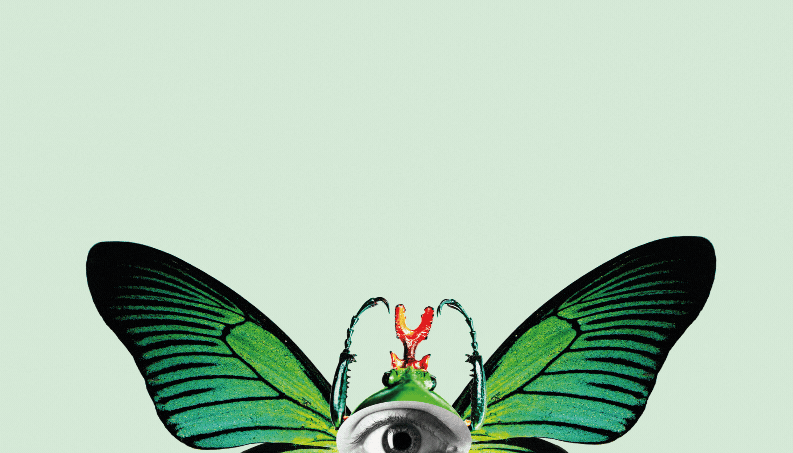


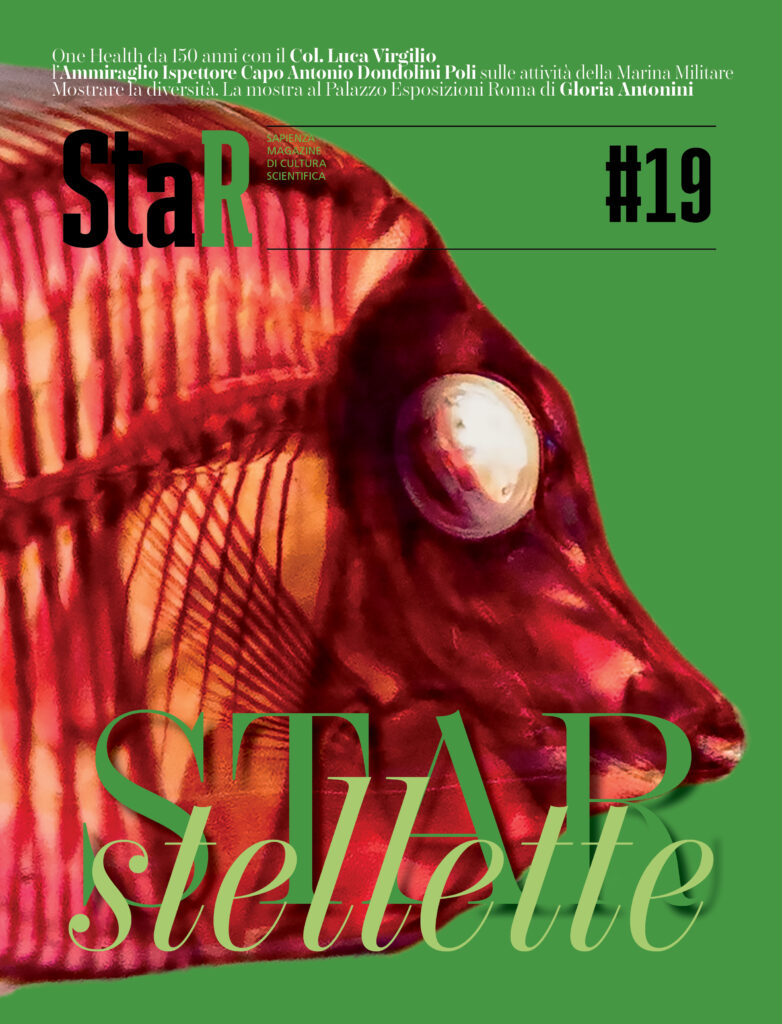





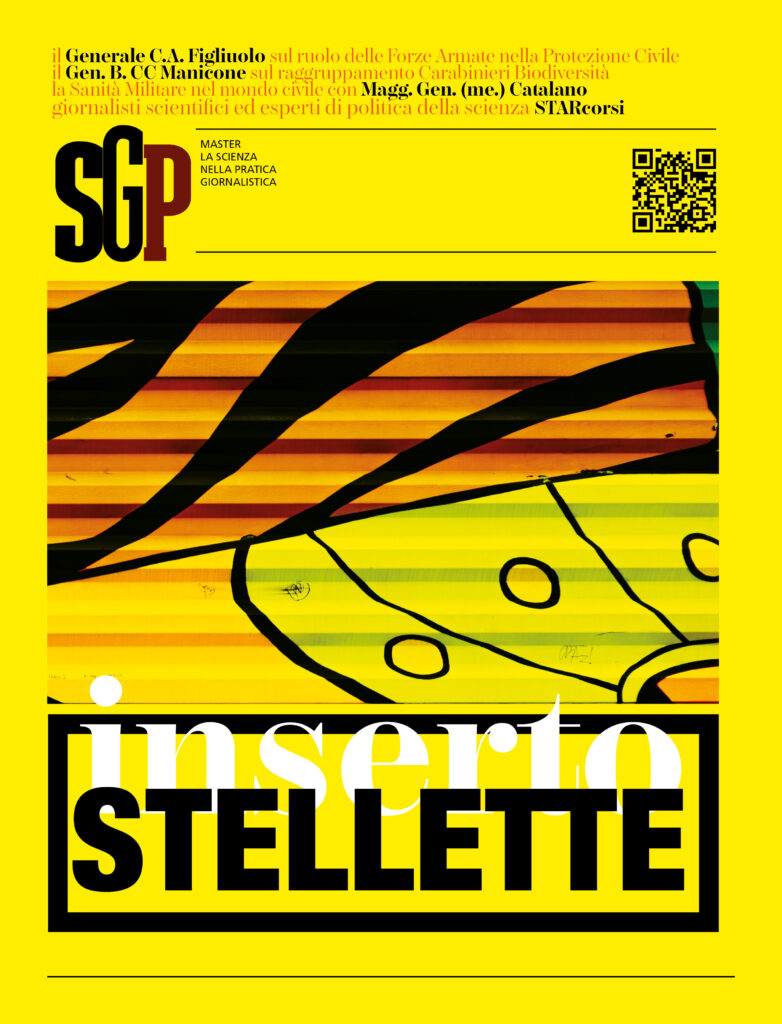

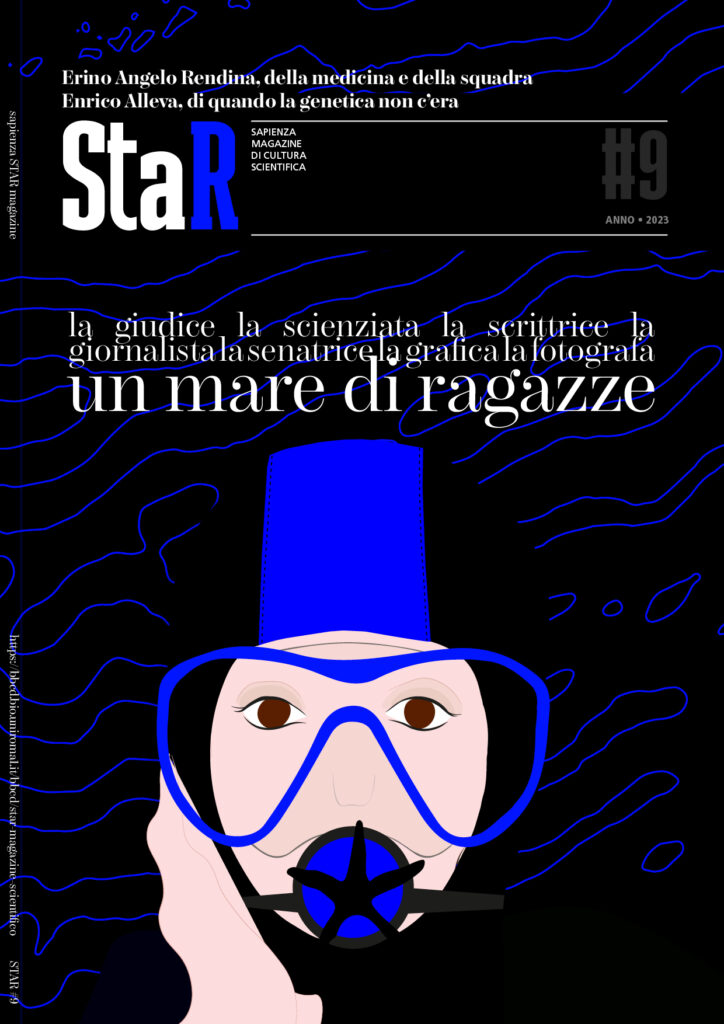
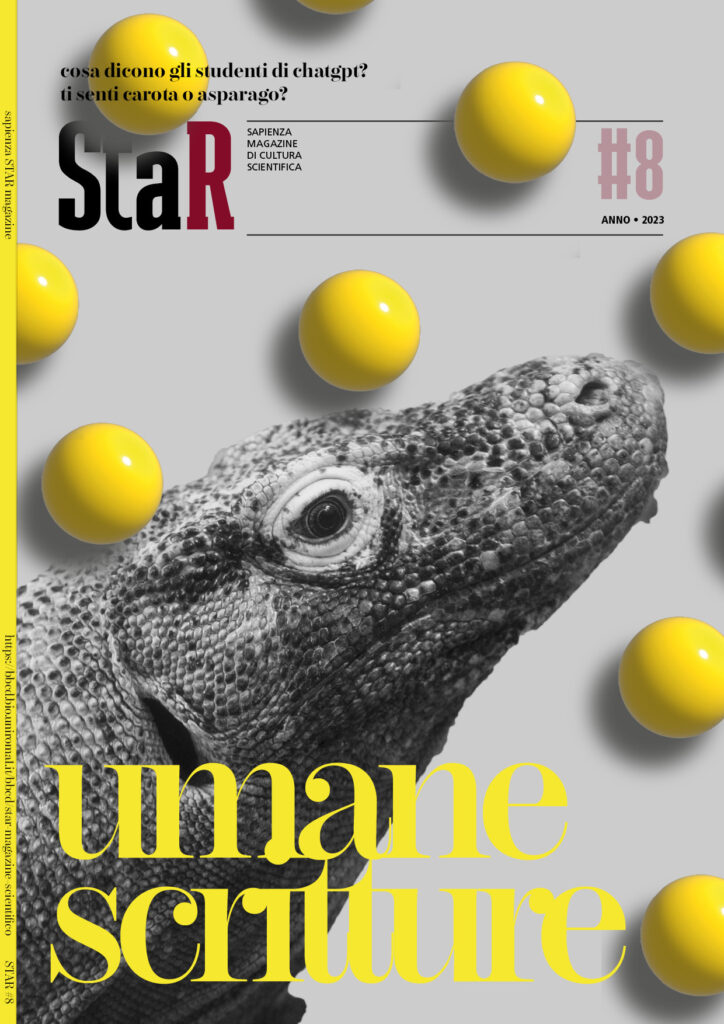
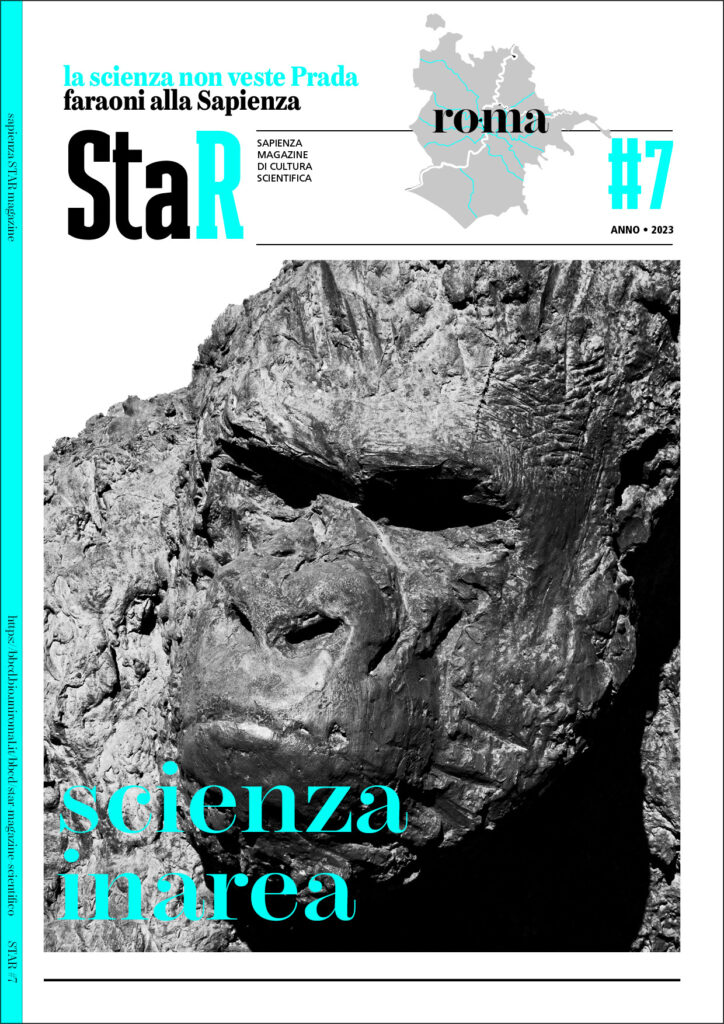

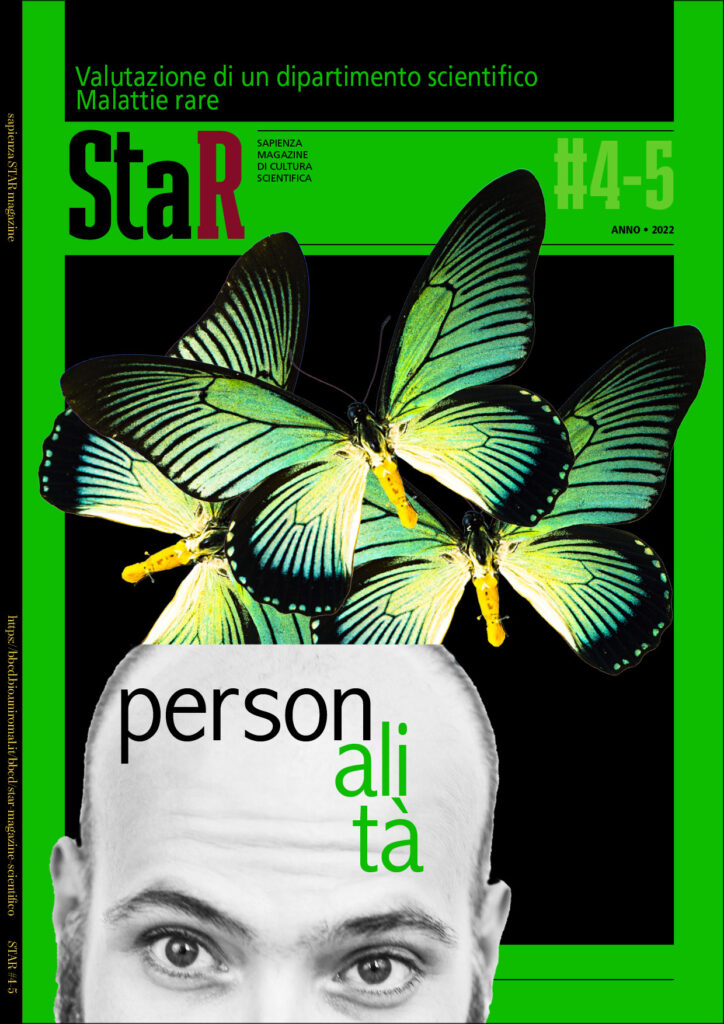

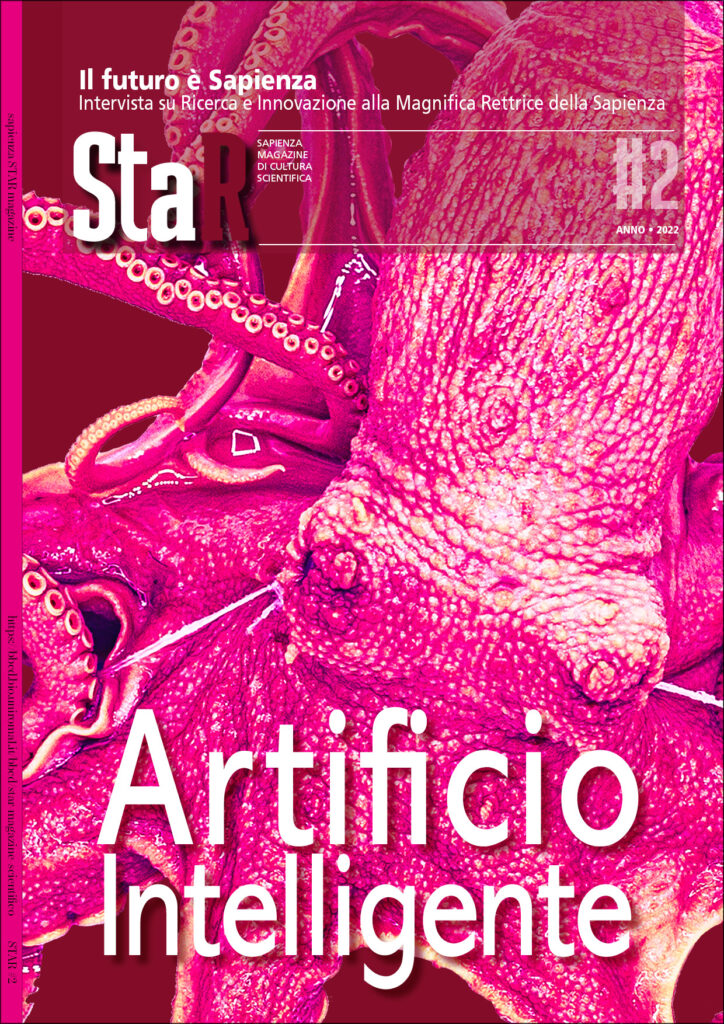

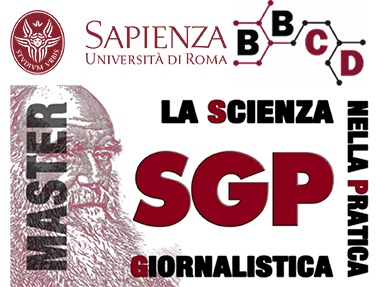
Commenti recenti